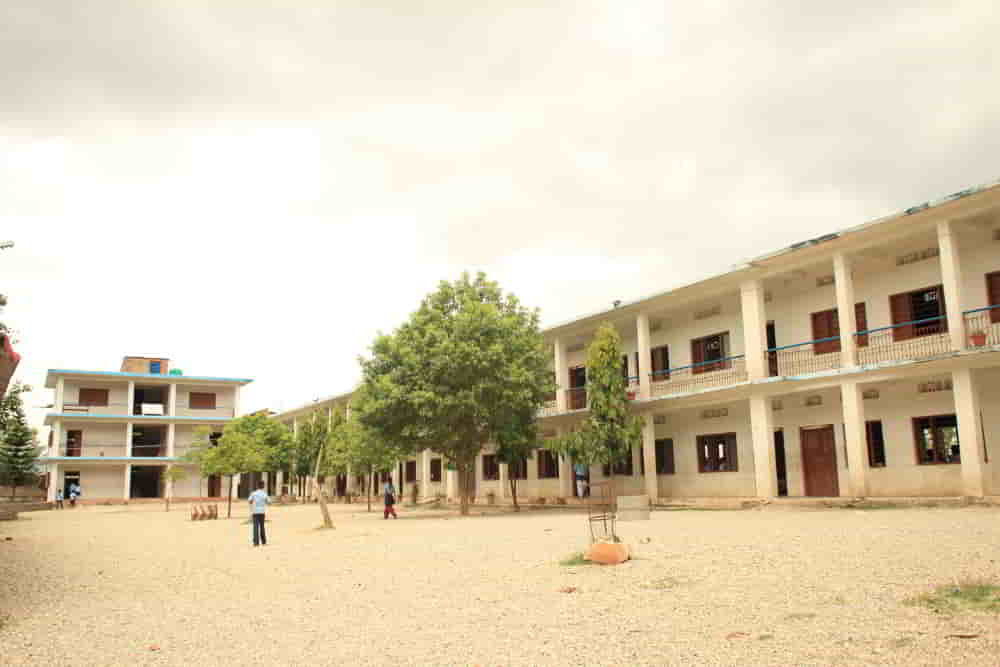
Another school visit…another dose of reality!
Friday, June 20, Jayjeev and I went to Manahari, a small town in the district of Makwanpur to visit a school, following a request from someone interested in helping it improve.
At about 170 km, Manahari is more than twice as far from Kathmandu as Thangpalkot. Black-topped road all the way to the little town however meant that the trip took considerably less time–about five and a half hours in a small Hyundai car. But based on the educational opportunities and facilities available to the local children, the small town might as well have been in a remote village in the hills.
With a student body numbering about 1100, Mahendra Chiran Uccha Madyamik Bhidyalaya is big. Out of that, 800 are 1st to 10th grade students. The remaining 300 are ten-plus-two (11th and 12th grade) students. The primary (elementary) and secondary school numbers are high because this is the only school serving at least a few Village Development Committees (VDCs) in the area.
As for the number of students attending ten-plus-two classes…they come from as many as 10 different VDCs, again because it’s the only school in the area offering the program!
Not unlike most other schools I have visited–and I have visited loads of them–Mahendra is also severely under-funded and therefore severely under-resourced. Infrastructure, such as bathrooms and toilets, buildings, furniture, and resources, such as science instruments, library books, and other teaching resources etc. were all severely inadequate.
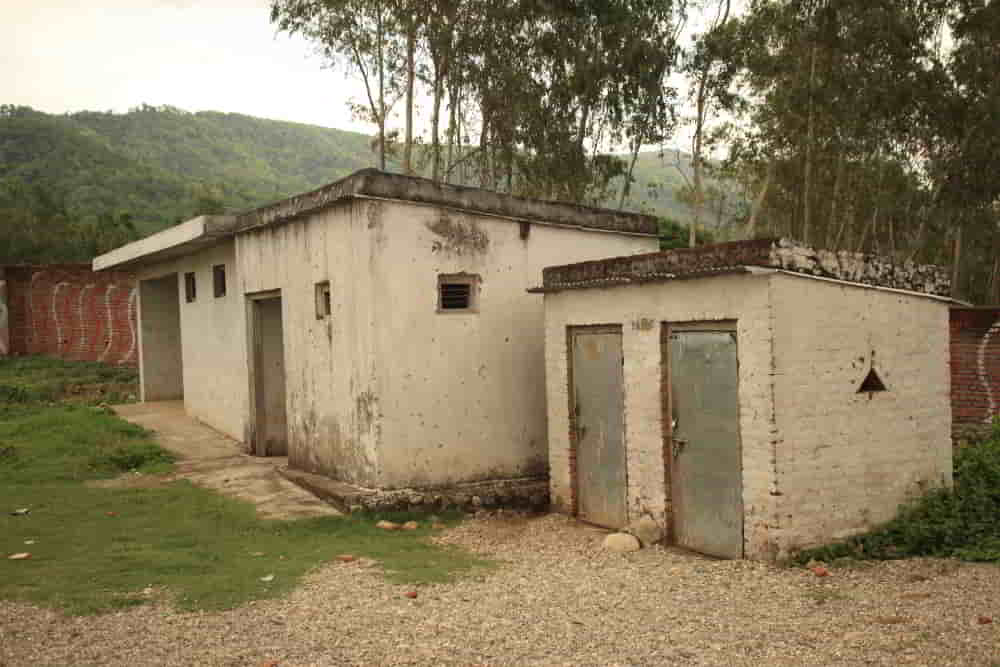
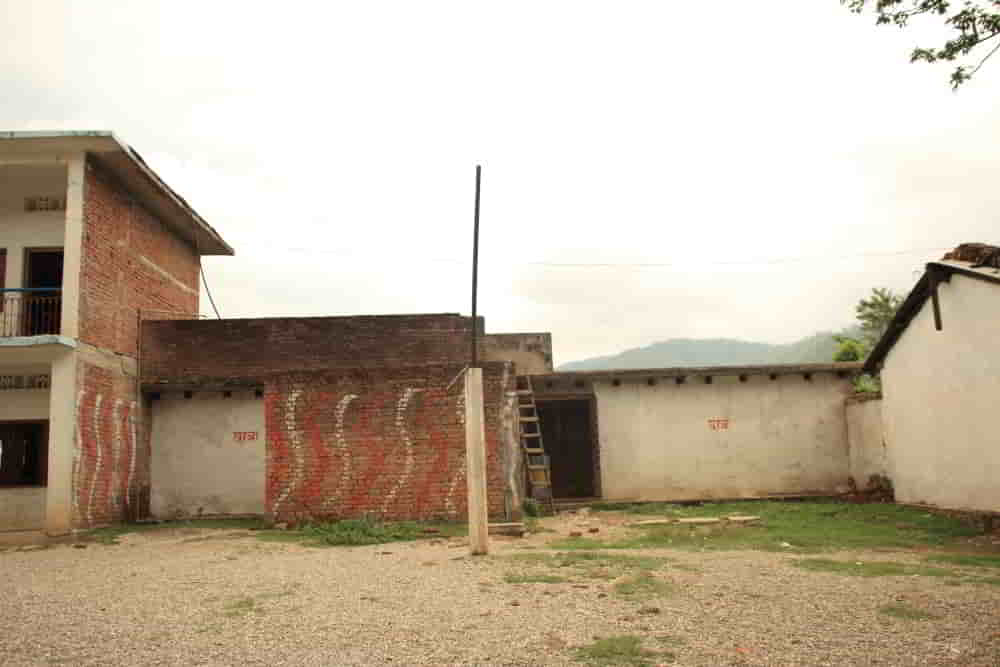
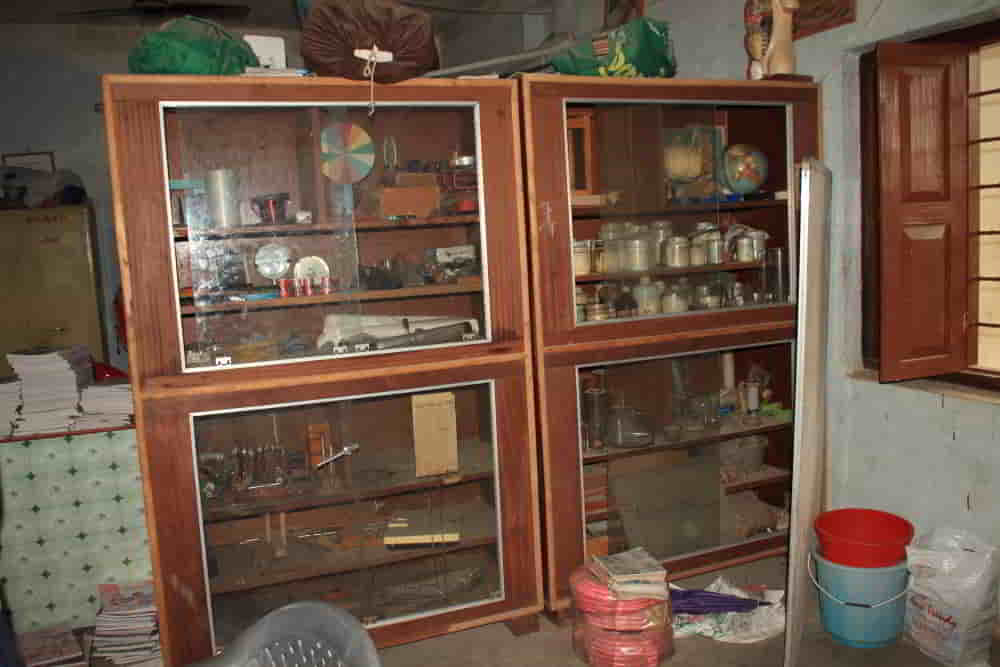
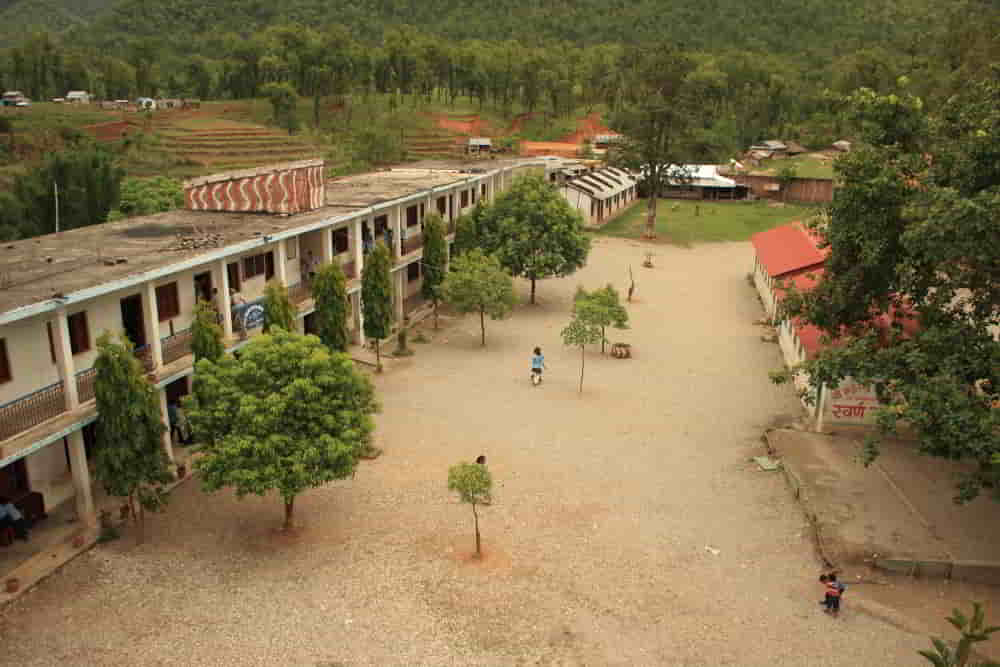
The problem? Lack of funds and corruption, as has already been hinted at!
The administrators at this school described how they need to pay bribes to get the budgets allocated for the school. Someone interviewed for the One Dollar School documentary, echoes what I have heard from many teachers and administrators. Which is essentially that our education system is the most corrupt system in the country. (When the country has had no locally elected officials for over ten years, what can you expect?!) It may well be, but what’s the significance of “most corrupt” when every system is pretty much corrupt to the core?!
The government actually has programs to encourage families from marginalized groups to send their children to school. Dalits, girls and Chepangs–a small but highly marginalized group in the area–are all supposed to benefit from such programs.
For example, at Mahendra, for every child in grades 1 to 8, a Dalit family gets an allowance of Rs. 350/year. At the current exchange rate, that’s a little over US$3.50. Yes you read right–that’s three dollars and fifty cents per year! If they have a child in 9th or 10th grade, they get Rs. 500/year (a little over US$5.00).
For sending a girl-child to school a family also gets Rs. 350/year. Similarly, a Chepang family gets Rs. 1700/year (a little over US$17.00) for a child in 11-12 grade.
To give you some perspective on that, expenses on supplies–notebooks and pencils etc.–alone amount to about Rs. 1500/year (a little over US$15.00) for students attending Raithane School in Thangpalkot, our project site! Unless such resources are considerably cheaper in Makwanpur, those benefits probably amount to nothing…even if they manage to receive them. I’d be highly impressed if the monies actually reach the beneficiary’s pockets!
Because the Chepang students in 11-12 grades live too far to commute, the school provides boarding facilities.
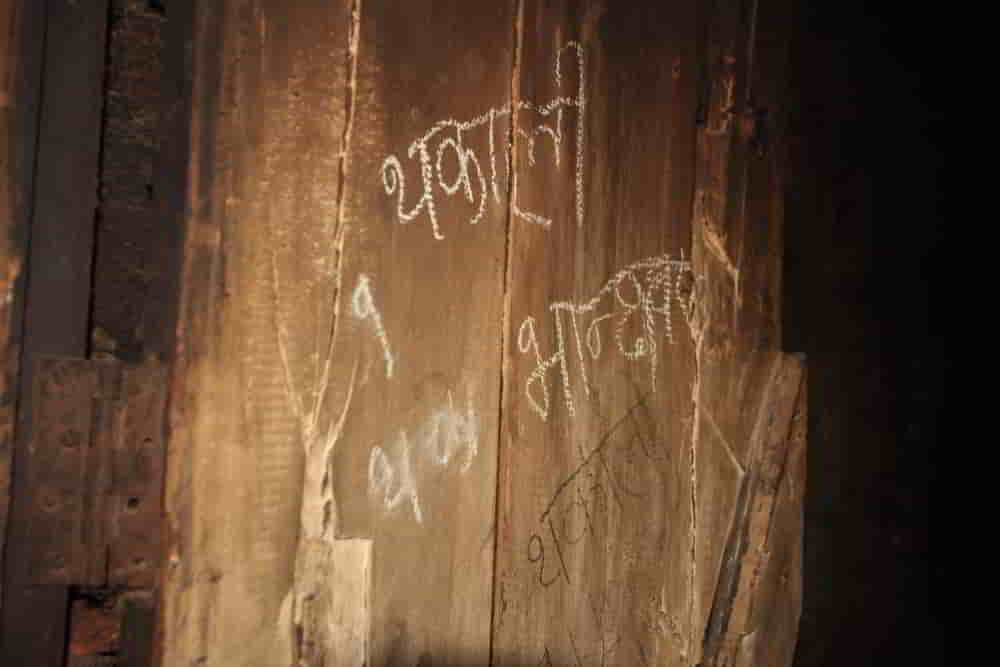

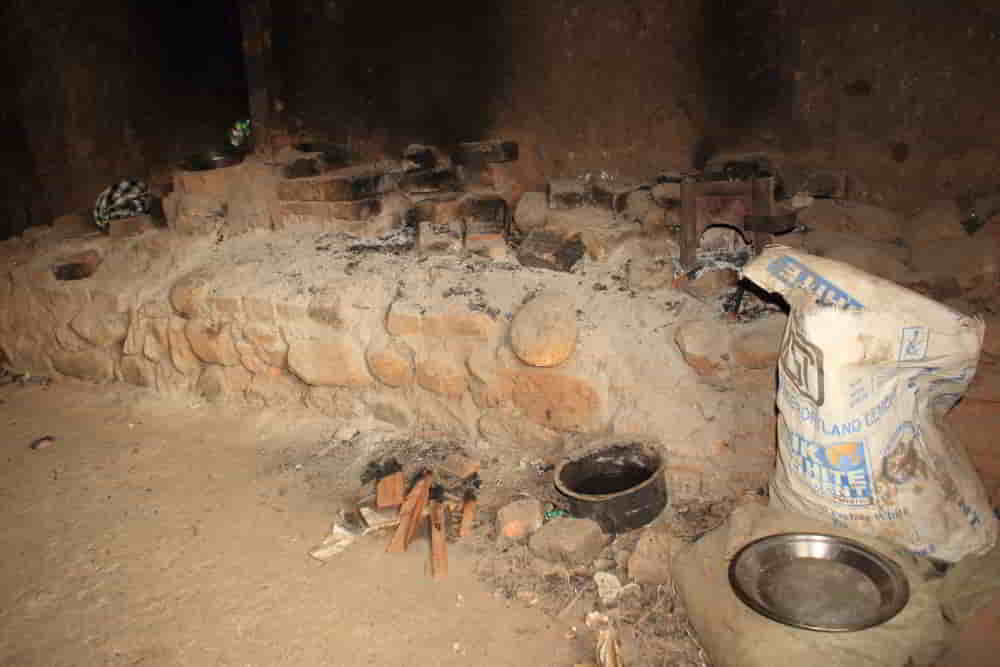
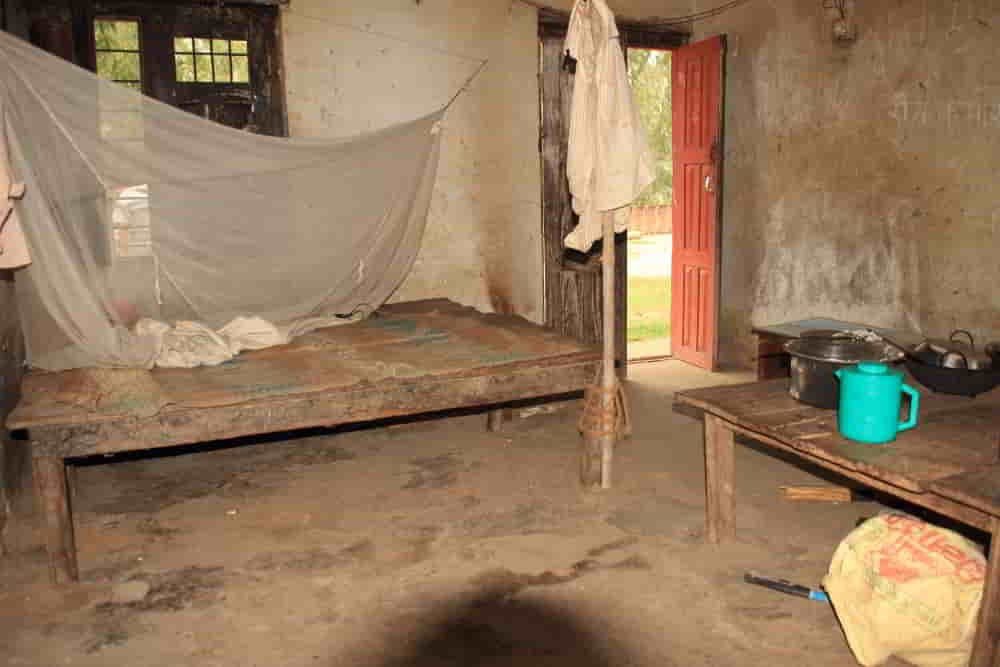
And yet, we have leaders, bureaucrats and influential high class/caste élite that spend about hundred times more (US$300) or so per month on the education of their own children AND provide opportunities for further studies both within the country and abroad through sometimes unfair means, but at the same time treat the marginalized people with disdain and contempt, and discriminate them for their “backwardness”, for their ignorance, for their lack of achievement and success in life. They’ll explain away the lot of the marginalized by pointing out their lack of education, and justifying their continued abuse, mistreatment, and marginalization!
What do you think?

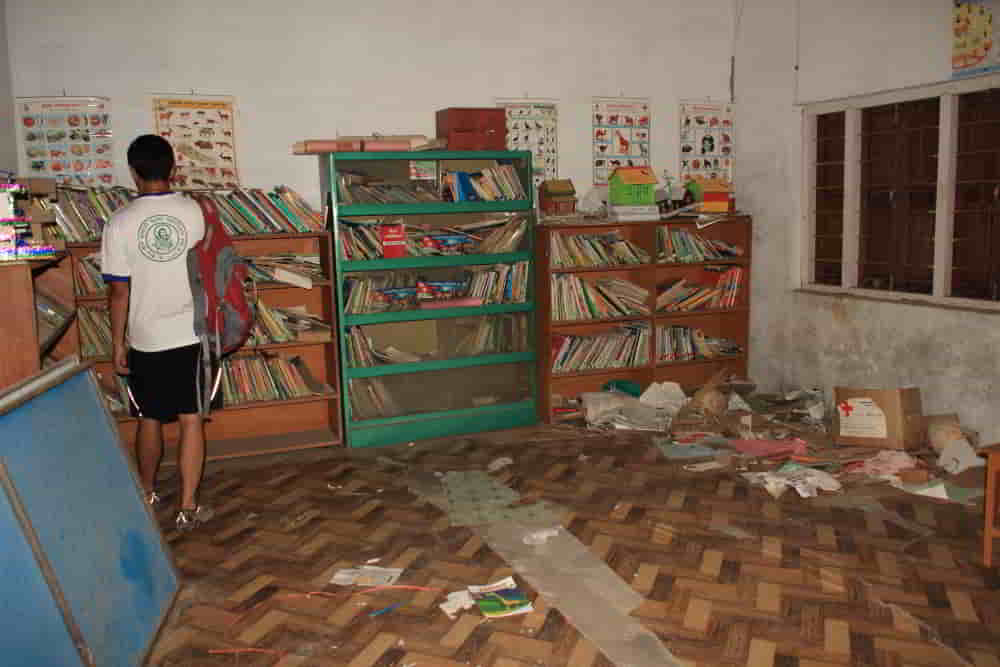
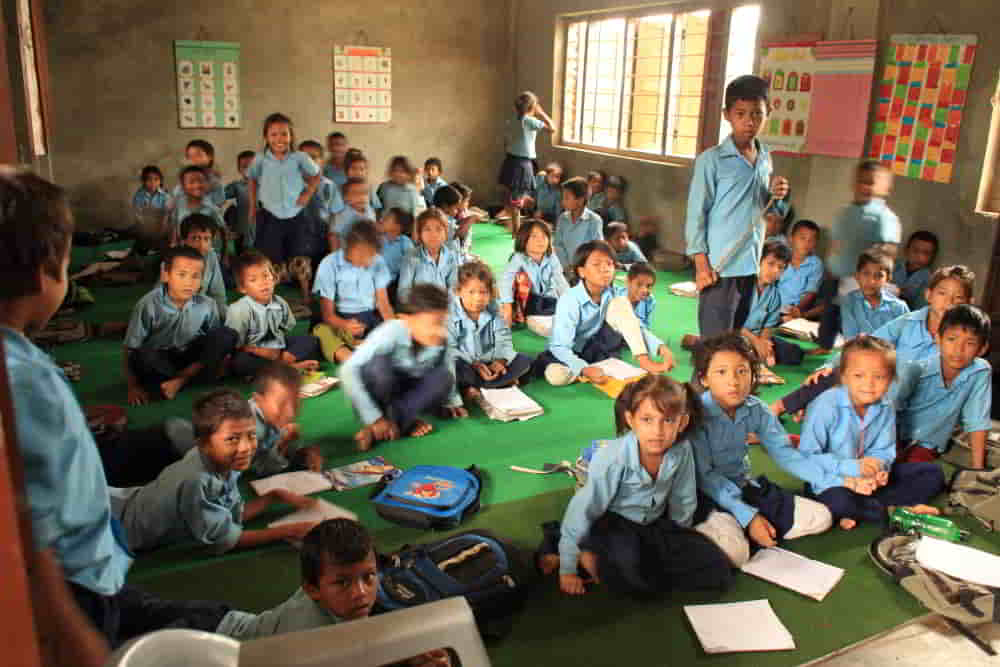
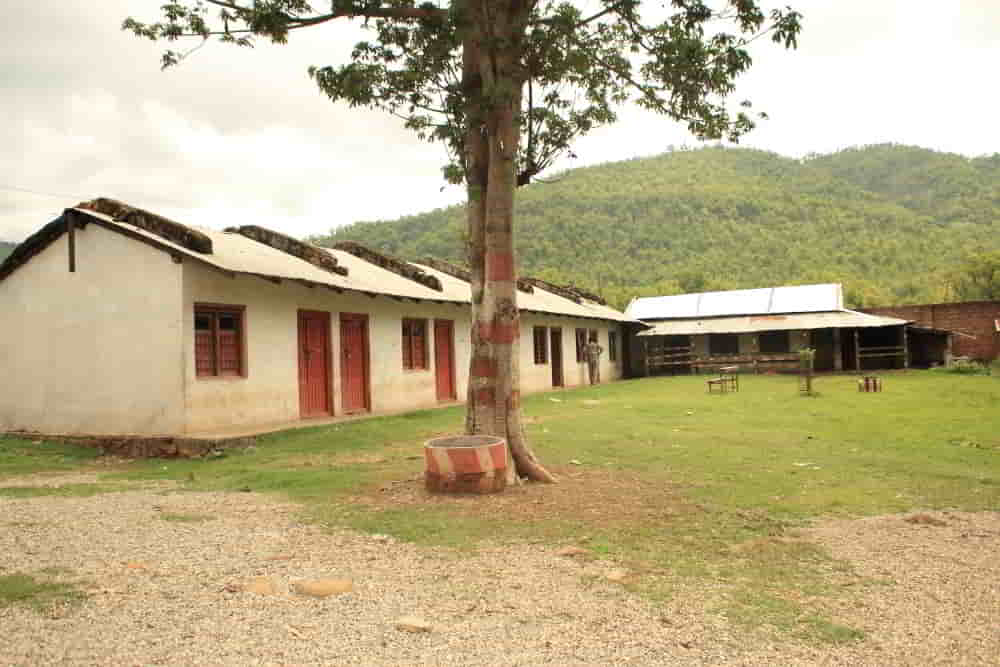
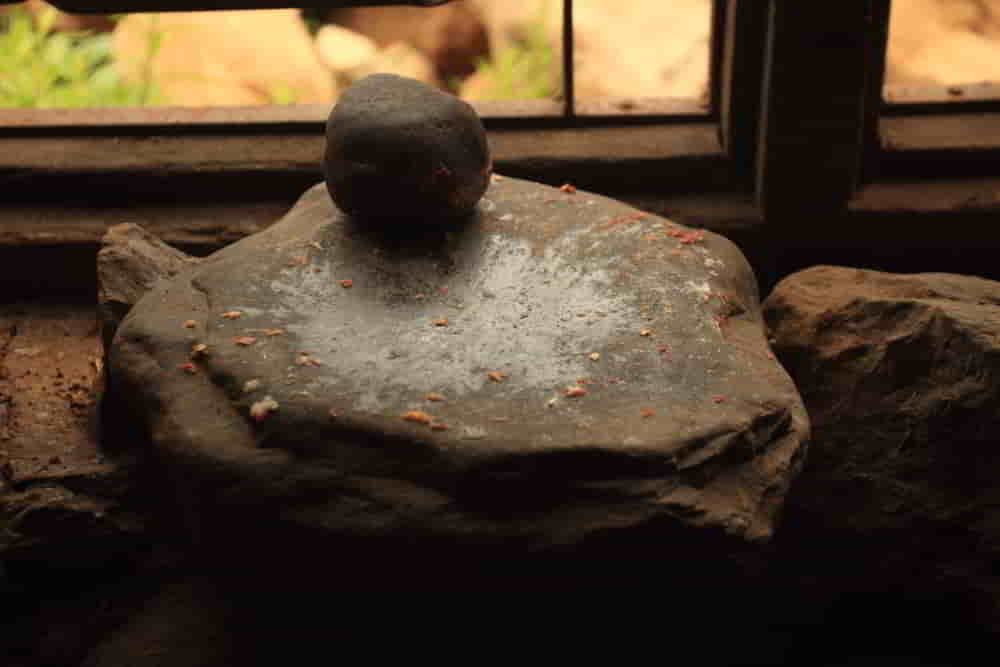
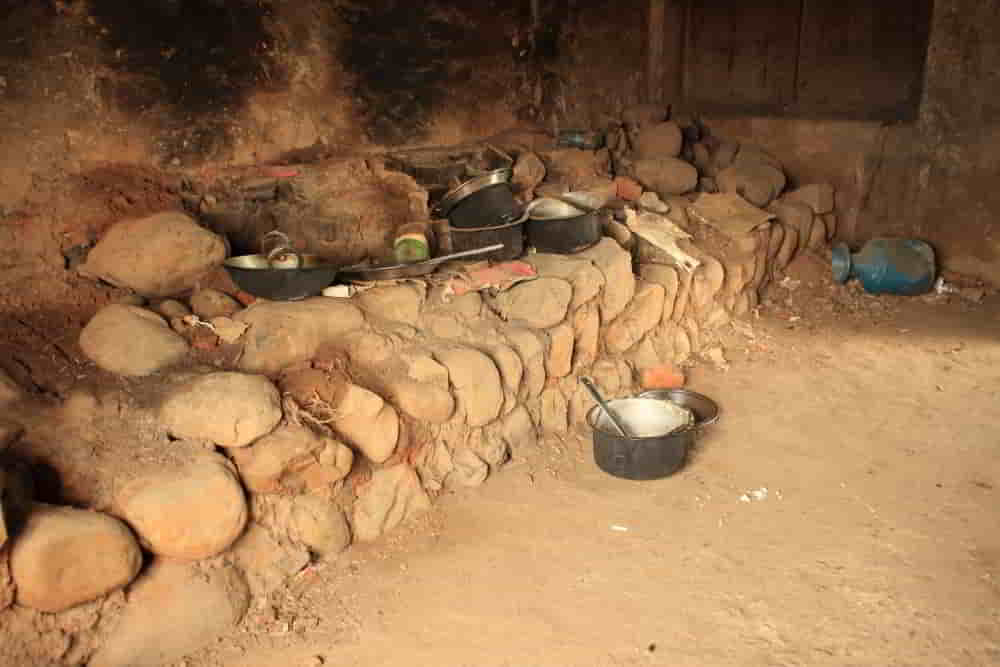
Wow Dorje. Just wow. Makes you wonder how lucky we are.